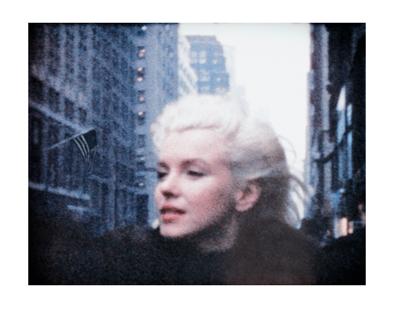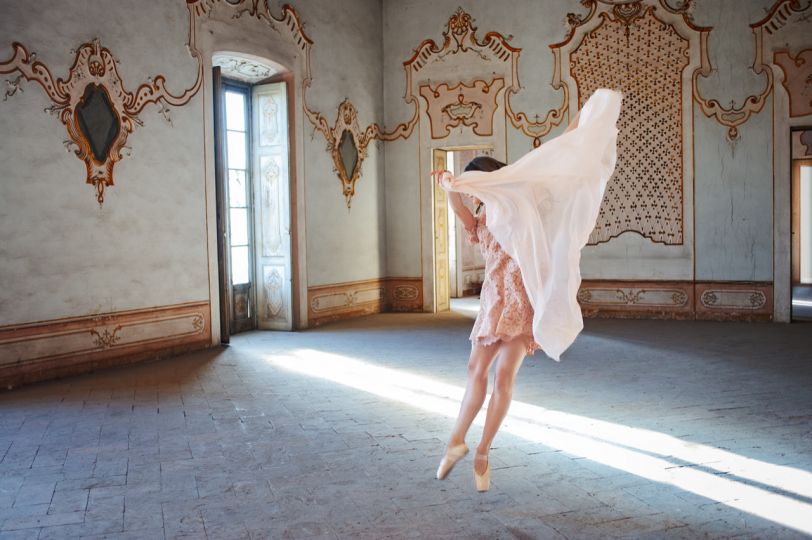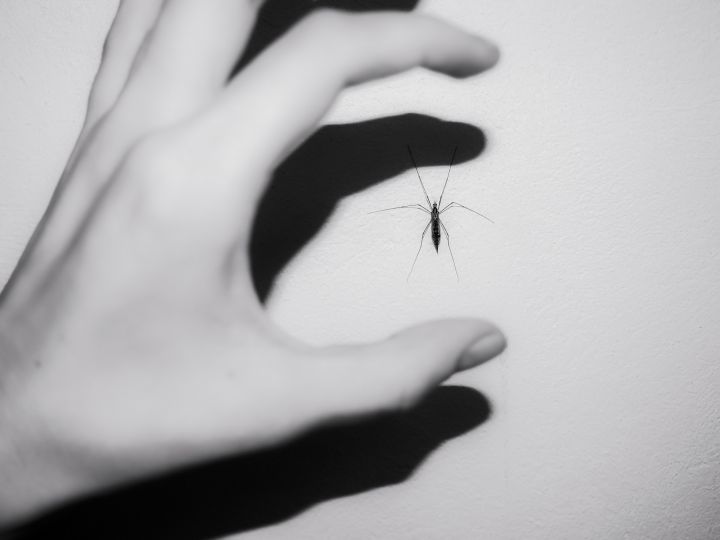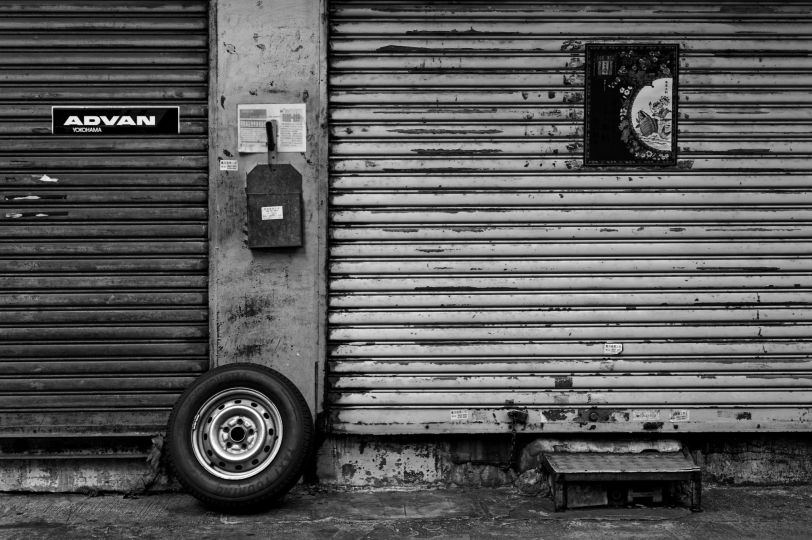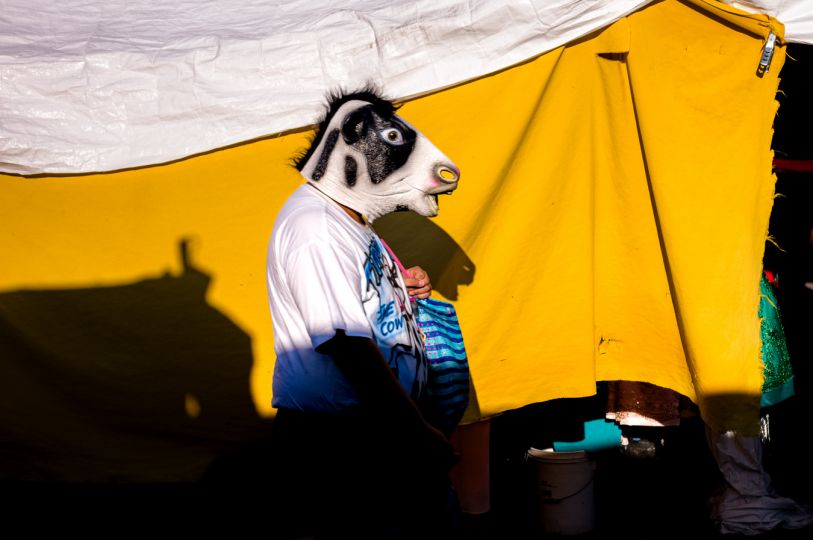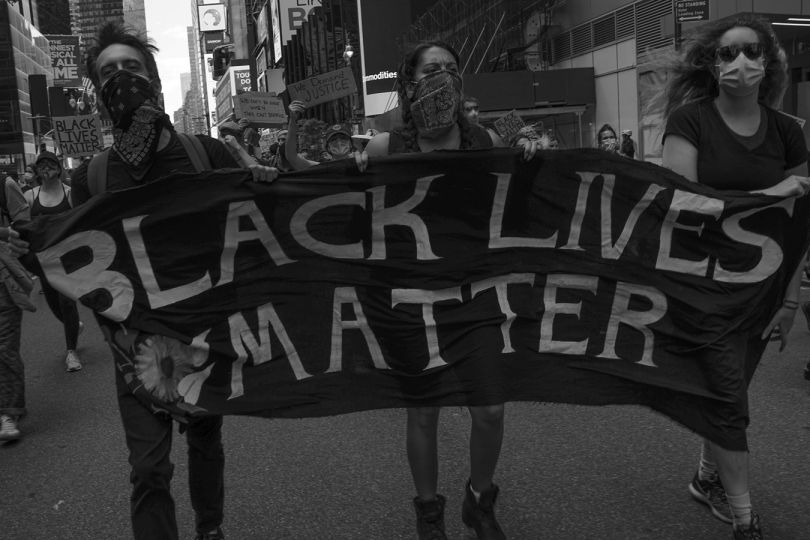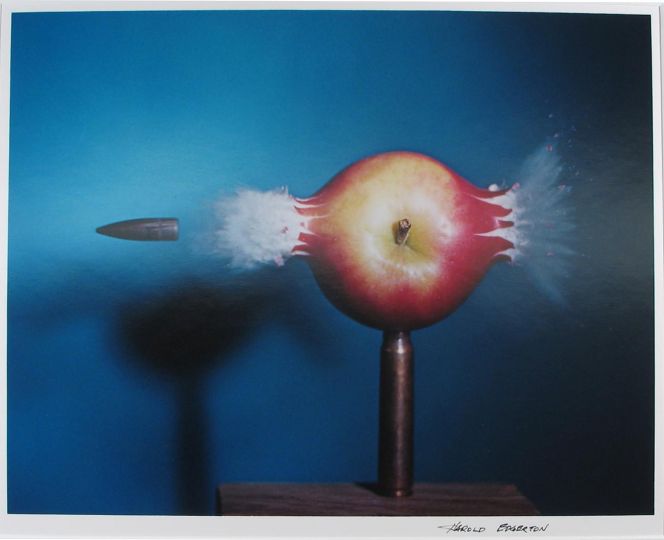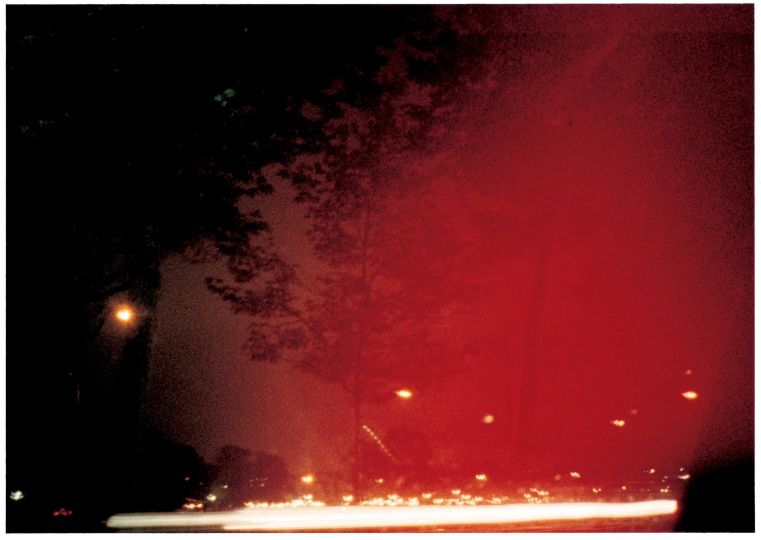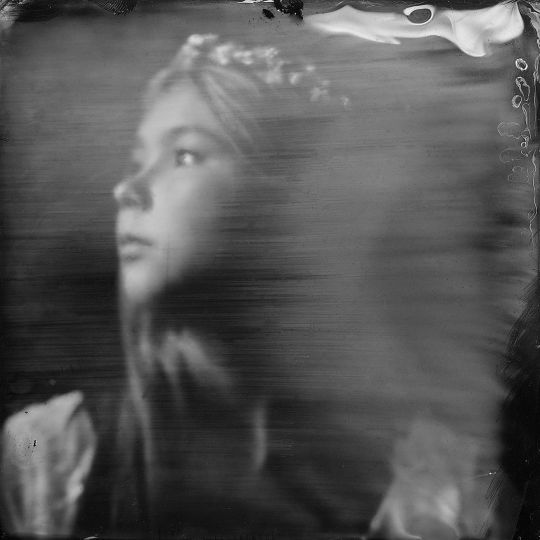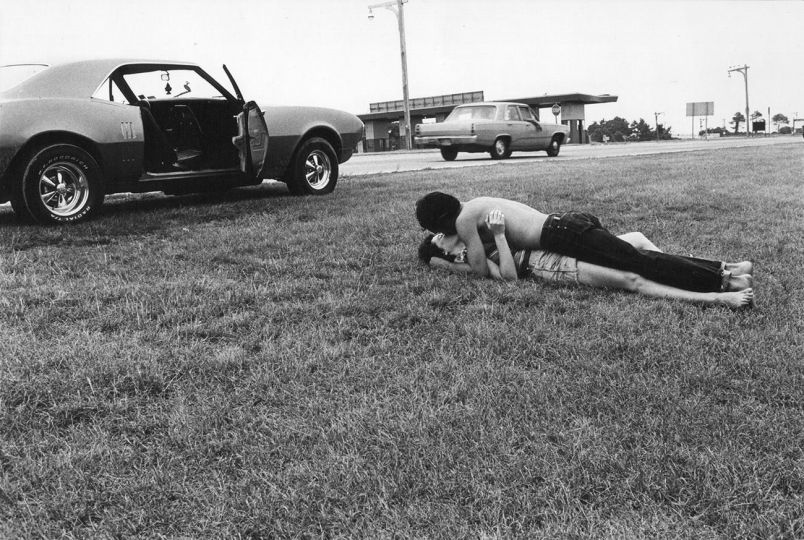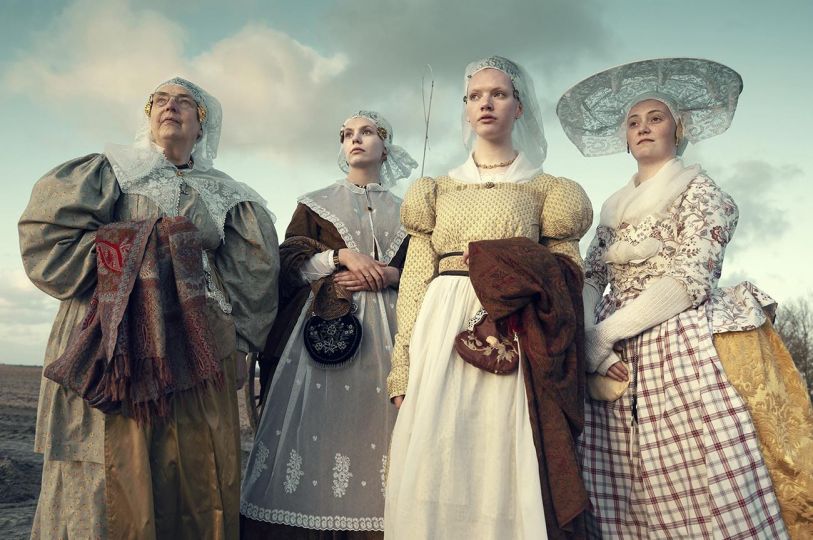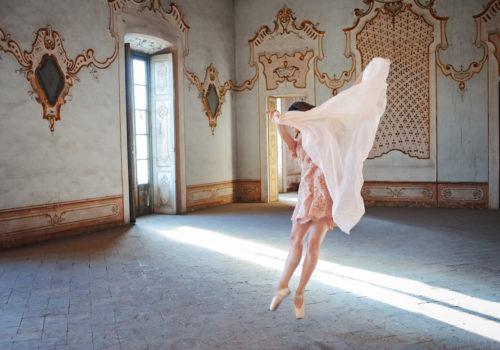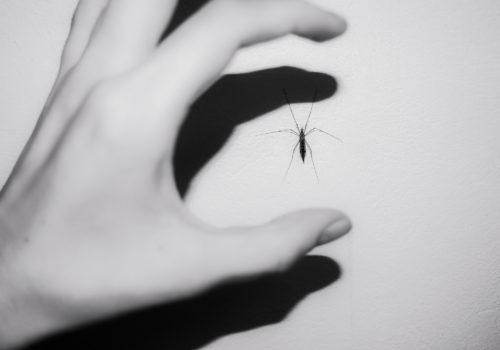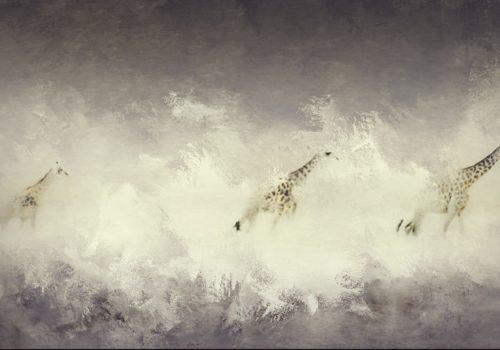It is five and a half minutes of grainy eight millimeter footage, but in that time we can see more of the true nature of Marilyn Monroe than in many of her longer and better known films. The film was shot in 1955 when Marilyn Monroe was 29 and Peter Mangone was 15.
Marilyn had just divorced Joe DiMaggio and was living at the Gladstone Hotel while taking classes at the Actors Studio. Peter had been skipping 9th grade classes at James Monroe High School in the Bronx to stake out the star and take photographs as she left the hotel. On this particular grey March day Peter borrowed his older brother’s new Revere movie camera and waited outside the hotel in the hope of running into his idol. Luck was with him . The star emerged, recognized her young fan, and beckoned for him to follow. For the next few hours Peter accompanied Marilyn, her friend and business partner the photographer Milton Greene, and the fashion designer George Nardiello. (Nardiello would later take his place in Monroe history when he sewed her into her form fitting sequined dress to sing “Happy Birthday” to President Kennedy at Madison Square Garden.) They sauntered down 5th Avenue, stopped at Elizabeth Arden, and continued their journey in an unhampered way that would be completely unimaginable today.
Turning the camera on and off throughout the afternoon, the young fan recorded the star in the bustling environment of the 50’s in midtown Manhattan. Taxis, cars, and trucks drive by, a few people stare politely or have a double-take, most pass by without intruding or noticing. Yet within this ordinary context Monroe has never looked more extraordinary, natural, or beautiful. It takes an unusual generosity of spirit to let an encounter like this happen and that warmth glows throughout the film. It may be a cliché that Monroe loved the camera and the camera loved her, but it was the perfect symbiosis.
Mangone went back home to the Bronx. He had the film developed. He viewed it so many times that every shift and flicker and shimmy was committed to memory. Three years later when he was 17, Mangone remembers cleaning his room and throwing out the film along with his collection of movie magazines and other things he was “too mature” to hold onto. He was not sure it was appropriate for a young man in 1958 to cherish such deep feelings of fandom.
Life went on. Mangone became a roller derby skater and a hairstylist to stars like Zsa Zsa Gabor, Wayne Newton and Sammy Davis Jr. He retired and moved to Florida. Then in 2002, his brother called him up to tell him he had found the Monroe film while cleaning out his father’s possessions. Stored in a beaten up cardboard box, the film was in near mint condition. The colors were as vivid as the day they were shot, Marilyn as mesmerizing as ever.
5 1/2 minutes. 329 seconds. 28 frames a second. 9,212 frames. It is extraordinary how many times Marilyn’s expression can change and how every split second of film is interesting no matter how banal the plot.
Marilyn leaves the hotel, beckons to Mangone, meets up with Greene and Nardiello as they head down 5th Avenue. So much of our fascination with Monroe is tied up with her face it comes as something of a surprise to see her hourglass figure and how chic and how much of a New Yorker she looks in her fur trimmed black cashmere suit. But it is the way that she drifts in and out of interaction with her 15 year old film-maker fan that is most intriguing. She blows him a kiss with a smile that could light up the Empire State Building. She adjusts her fur collar and centers herself between her two escorts as they stride off. She looks up at the skyscrapers with a look that is both naïve and perturbed. A homburg hatted pedestrian passes behind her with an air from a film noir . She wears very little make-up and her hair is surprisingly full and healthy-looking for someone who must have had it treated so regularly. Set against the greys and muted tones of Manhattan with her trade mark hair, her red lips and pale skin she glows as if visiting from another planet.
She whispers confidences to Greene. When she sees the camera she lights up but when she averts her gaze a shadow passes over her features. She is outside of herself and in the present one moment and then deep inside herself the next. She looks radiantly happy and then pensive, even sad. She leaves Elizabeth Arden and slips on her white gloves to link arms with her companions. The wind blows her hair back to reveal a forceful widow’s peak. She yawns and then recovers to flash one of her bewitching smiles. She waves to the camera and disappears into I. Miller and Sons. Nardiello leaves. She and Greene come out. Evening approaches and the sky darkens.
Why is it that Marilyn Monroe continues to beguile the world 57 years after this film was shot? Why does she seem so modern or timeless when everything around her seems so dated ? Was she ahead of her time or just a harbinger of what was to come – her corn-fed All-American-ness prefiguring a cultural obsession with youth, beauty, celebrity, and the continuous demand and stream of visual information.
Whatever the reason and no matter how accidental the methodology, Peter Mangone’s selected film frames burst with artful resonance. They never intended to echo Thomas Ruff’s blown-up sex pictures or Chuck Close’s painted pixelations but they do. Mangone did not study at the New York School photography of the 1950s or looked at Alexey Brodovich’s dance pictures but there’s a connection in many of the images.
One verity of the picture business is that there will never be a time when new “undiscovered” pictures of Marilyn Monroe don’t surface. However it’s doubtful that many will have an originality and resonance as profound as in the following images which the gallery presents for the first time.
Peter Mangone passed away on December 11th, 2012. However, he lived to oversee the printing of his historic pictures of Marilyn Monroe and the publication of the catalog.
The exhibition will continue as planned – a fitting tribute to Peter and the remarkably candid pictures he took one day in 1955 of his idol, Marilyn Monroe.
Gilles Decamps
Marilyn Monroe rediscovered
The lost film of Peter Mangone (New York, 1955)
On view January 10 through February 16, 2013
Danziger Gallery
527 W 23rd Street
New York NY 10011
USA
T : 212 629 6778

